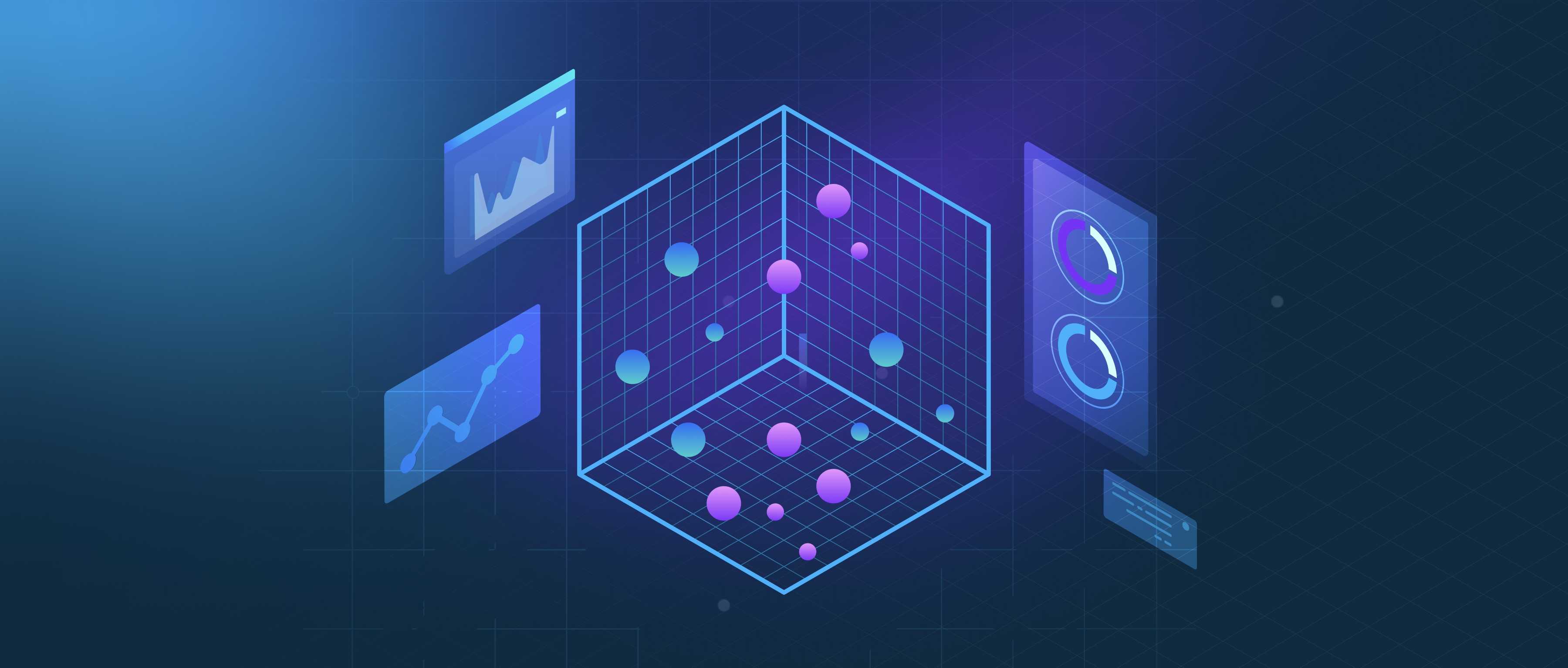Quantum computation has several models, primarily including the gate model, adiabatic model, and measurement-based model. Each of these models approaches the problem of computation in a unique way, making them suitable for different types of problems.
The gate model, often referred to as the circuit model, is perhaps the most widely recognized form of quantum computation. In this model, quantum algorithms are constructed using a sequence of quantum gates, much like classical logic gates in digital circuits. Quantum gates manipulate qubits, which are the basic units of quantum information. For example, a quantum gate can flip a qubit's state or create entanglement between multiple qubits. The famous Shor’s algorithm for factoring large numbers and Grover’s algorithm for searching unsorted databases both utilize this model. Developers can simulate these models with frameworks like Qiskit or Cirq, which allow for creating and running quantum circuits on real or simulated quantum hardware.
The adiabatic model is another approach, which relies on the principle of quantum adiabatic evolution. This model involves preparing a quantum system in the ground state of a simple Hamiltonian and then gradually transforming it into a different Hamiltonian whose ground state encodes the solution to a specific problem. This is effective for optimization problems, such as the traveling salesman problem, where one seeks the shortest path through a set of points. Quantum annealers, like those developed by D-Wave, primarily implement this model. In comparison to the gate model, the adiabatic approach offers an alternative foundation for solving certain classes of computational problems and may be more suited for some applications.
Lastly, the measurement-based model, also known as the one-way model, shifts the focus from quantum gates to measurements. In this model, a highly entangled state (usually a cluster state) is prepared initially. Computation occurs through a series of adaptive measurements on the quantum bits. Each measurement influences the subsequent measurements, making the overall computation dynamic. This model can be efficient for implementing certain quantum algorithms and has been explored in frameworks like MBQC (Measurement-Based Quantum Computation). Each of these models has its advantages, so the choice depends on the specific problem at hand and the computational resources available.
